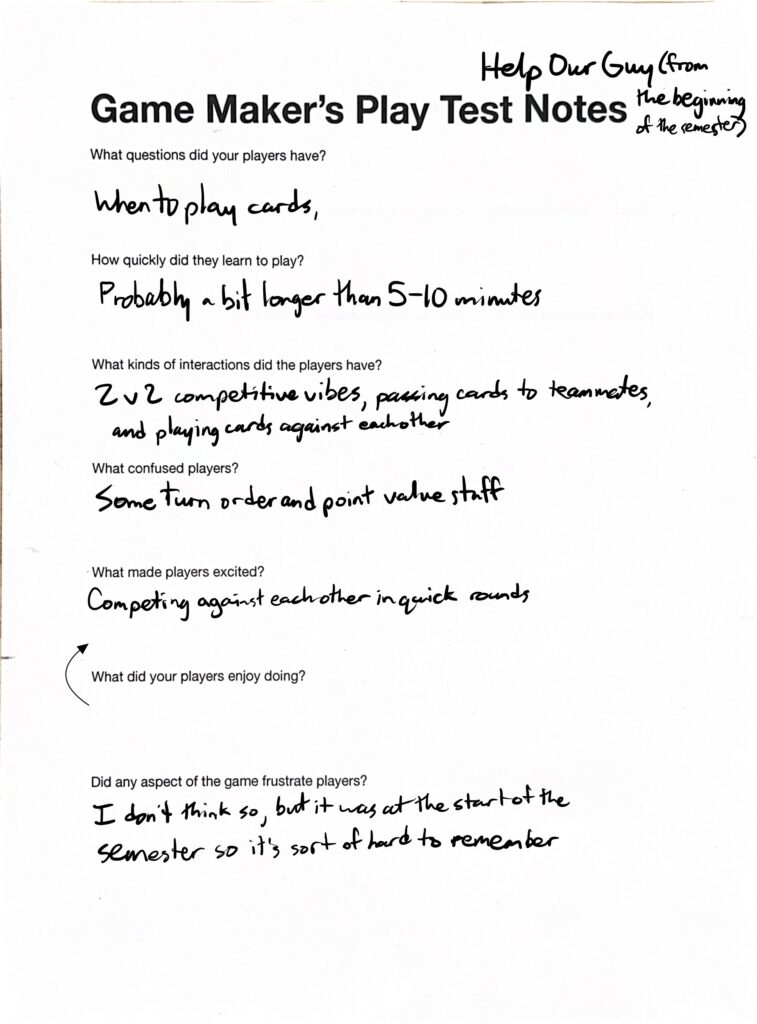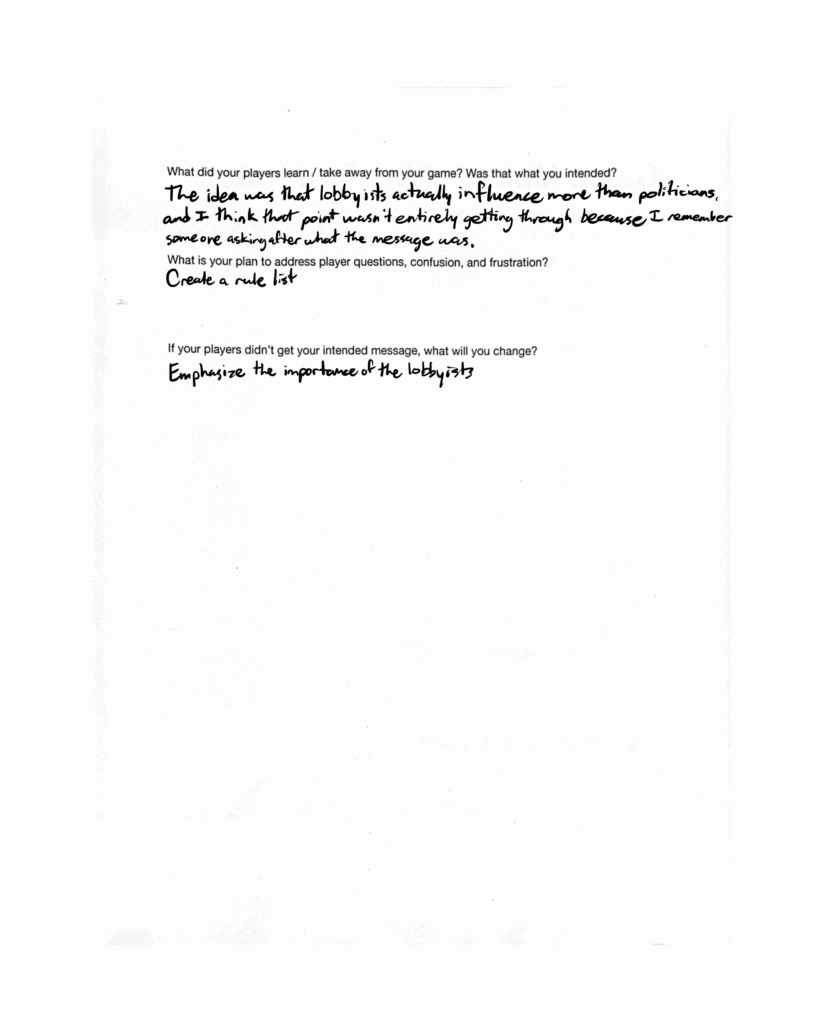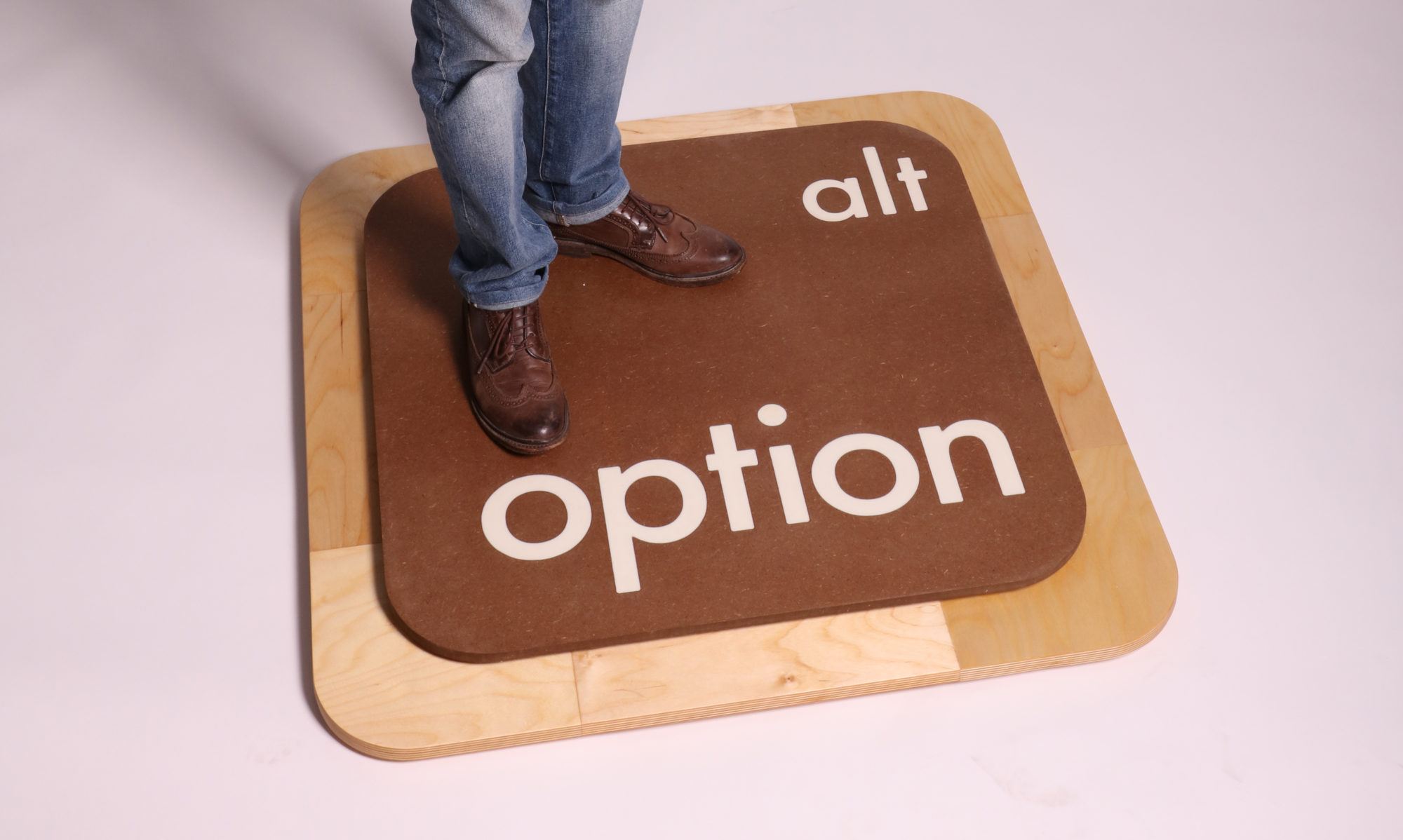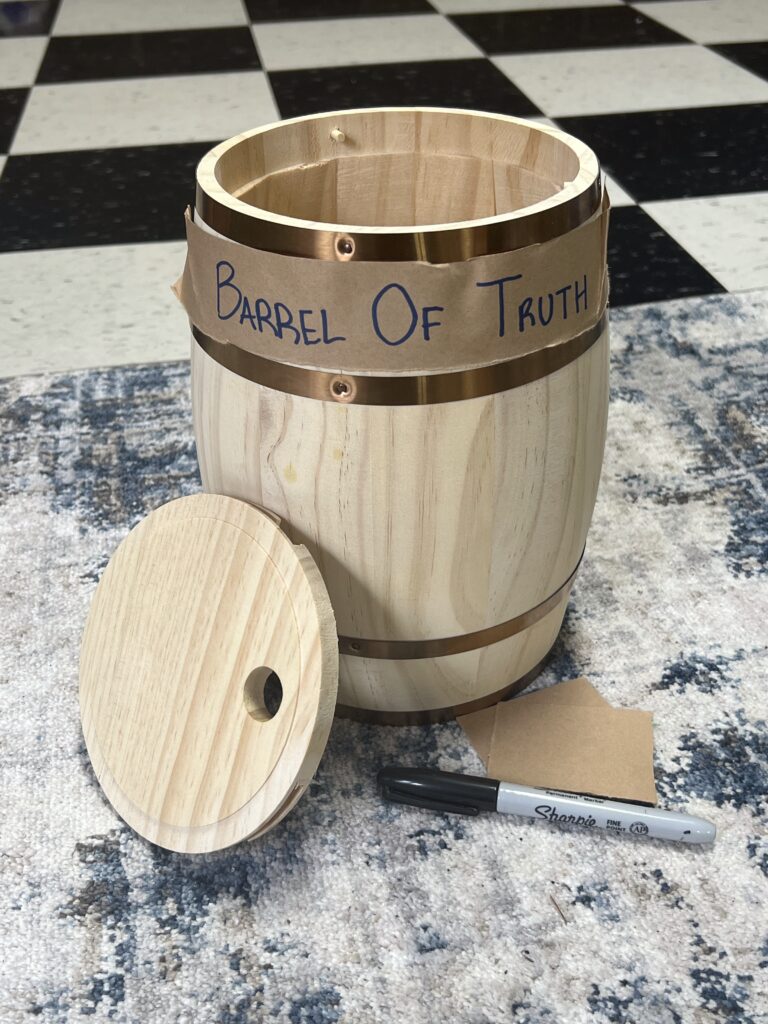This was for a game I made out of Uno Express cards at the beginning of the semester so yeah.



design courses, syllabi, schedules, resources and policies
All players are given a pen and piece of paper per round. On their turn, players draw a card and read it aloud to the group, as well as its category, either public or anonymous. If public, all players write their names in the corner of their paper. If anonymous, players should only write their answers. Once everyone is finished, they drop their papers into the barrel, the card drawer closes the lid, shakes it well, then removes the lid and reads all of the responses. Then, players are encouraged to discuss and have meaningful conversations regarding the topic and responses. Play continues clockwise. Play ends when players feel they know each other much better.

Each player is given a Sharpie or any type of pen, but all of them must be identical. Each round, the host (me) hands each player a slip of paper and asks them to respond to a question or prompt pertaining to the other players. It can be in the form of an assumption, and opinion, a secret, etc. No direction is given whether the responses SHOULD be positive or negative. Some rounds will require players to write their own names on their slips along with their answers, other round they must be completely anonymous. After every player has answered, they will put their slip in the barrel, the barrel is closed and mixed, and each answer is read aloud by the host. The players are suggested to share thoughts and feelings of the responses. Once everyone is ready, the next round begins. The game ends whenever the players either hate each other or get bored.
What are the issues Ian Bogost raises about social games with Cow Clicker?
He raises concern over social existing not to provide entertainment solely, but to keep the user engaged and coming back. The enframing of friends and the perpetual compulsion to play every second you aren’t playing leads to mental health effects.
How do social games like FarmVille enframe friends?
Social games create the “features” of friends as resources for both the player and the developer. Players have to ask their friends for help not out of enjoyment for the game but to get something out of them. Developers use this tactic to become viral, ever spreading like an actual virus.
How do social games destroy time outside of the game?
Due to their endless nature, so much time is spent in the game that all time spent outside of the game is hijacked by thoughts and ideas about the game. Media like movies and TV shows are contained within a finite experience, but since these games have no defined end, players will feel compelled to play ad nauseam.
Group: Gideon, Kelsey, Colin